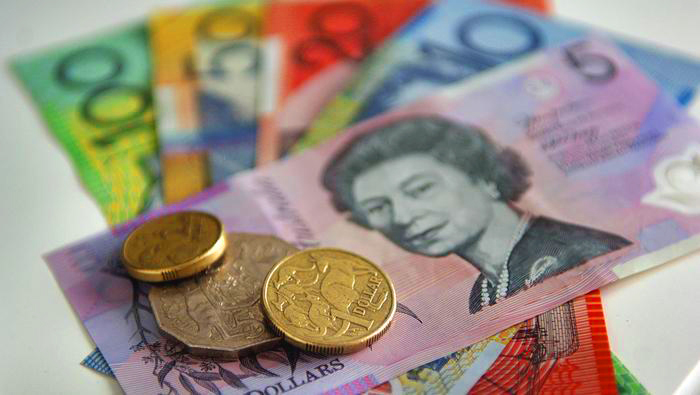The official currency of Australia is the Australian Dollar (AUD). In financial markets, exchanges, and brokerages, it is represented by the symbol AUD.
Australia is a large island in southeast Asia, often considered a continent on its own. Over the past decades, Australia has experienced steady economic growth, making its currency stronger in global markets.
At times, the value of the Australian Dollar has even surpassed that of the U.S. Dollar. However, in recent years, government policies, fluctuations in digital currencies, and the effects of the COVID-19 pandemic have led to significant volatility in the value of the AUD.
In this article, we will explore everything you need to know about the Australian Dollar, including its history, value, and future trends.
Similarities Between the Australian and U.S. Dollar
The Australian Dollar was introduced in 1966, replacing the Australian pound. Today, AUD is not only the official currency of Australia but is also used in several territories, including Kiribati, Norfolk Island, Christmas Island, and Nauru.
The official abbreviation for the currency is AUD, but you may also see it represented as A$ or AU$ to differentiate it from other dollar-based currencies worldwide. Since many countries use “dollar” as their official currency, distinguishing the Australian Dollar is necessary.
In Australia, the currency is sometimes informally referred to as the “buck,” “dough,” or “Aussie.”
The Reserve Bank of Australia (RBA) is responsible for issuing and regulating the Australian Dollar. It manages monetary policy, controls inflation, and ensures the stability of the currency.
The Australian Dollar comes in five different banknote denominations:
- $5
- $10
- $20
- $50
- $100

Each AUD is further divided into 100 cents, represented by six different coin values:
- 5 cents
- 10 cents
- 20 cents
- 50 cents
- $1
- $2
Australia’s Strong Economy Backs the AUD
A currency’s strength is often tied to the economic performance of the country that issues it. Australia’s economy is diverse, with the services sector playing a crucial role, contributing approximately 63% of the country’s GDP.
Some key economic facts about Australia include:
- In 2020, Australia’s GDP was $1.4 trillion, ranking it as the 13th largest economy in the world.
- Australia is the 10th wealthiest country in terms of natural resources, valued at $19.9 trillion.
- The country is a leading producer of gold, supplying 14% of the global demand and 46% of the world’s uranium.
- Major exports include iron ore, coal, diamonds, meat, and wool.
- Imports primarily consist of computers, telecommunications equipment, petroleum, and raw oil.
Due to its economic stability, the AUD is one of the most traded currencies in global financial markets. The AUD/USD pair is one of the most commonly exchanged currency pairs.
Additionally, the value of the Australian Dollar is highly influenced by the demand for Australian natural resources, particularly from China and India. As a result, AUD is often considered a commodity currency, meaning its value is closely linked to the price of exports like metals and coal.
In 2020, in response to growing financial demands, the Reserve Bank of Australia increased the total circulation of AUD from $83 billion to $94 billion.
Factors Influencing the Value of the Australian Dollar
The Australian Dollar operates under a floating exchange rate system, meaning its value is primarily determined by supply and demand in global markets.
Factors affecting the exchange rate can be categorized into two groups:
- Long-term factors – These include economic growth, trade balance, and interest rates.
- Short-term factors – These include market speculation, inflation reports, and geopolitical events.
At times, the Reserve Bank of Australia may intervene to stabilize the currency by adjusting interest rates or using monetary policies.
The AUD is primarily measured against the U.S. Dollar (USD) in forex markets, with the AUD/USD pair being a major benchmark. However, AUD is also actively traded against other major currencies, including the British Pound (GBP) and the Euro (EUR).
If you are looking to transfer money or trade AUD, platforms like Roscap Exchange can provide a secure and efficient solution for transactions.The official currency of Australia is the Australian Dollar (AUD). In financial markets, exchanges, and brokerages, it is represented by the symbol AUD.
Australia is a large island in the southeast of Asia, often considered a continent on its own. Over the past decades, Australia has experienced steady economic growth, making its currency one of the stronger ones in global markets.
At times, the value of the Australian Dollar has even surpassed that of the U.S. Dollar. However, in recent years, government policies, fluctuations in digital currencies, and the effects of the COVID-19 pandemic have led to significant volatility in the value of the AUD.


